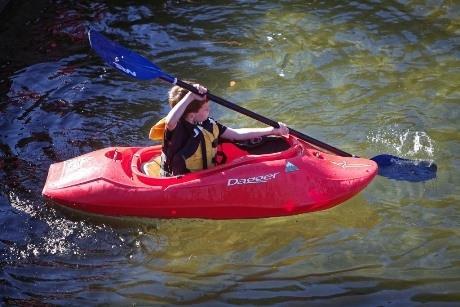The Adventure Activities Licensing Authority (AALA) is being reviewed this month and schools, as well as activity providers, are being asked to respond by 9th March to ensure their views are considered.

Under the existing rules, providers of outdoor adventure pursuits and activities for under 18s, including watersports and archery, are legally required to hold a licence and undergo an inspection.
The consultation, which began on 12th January, involves looking at three options for the future of licensing, which allows young people to enjoy activities outdoors without being exposed to avoidable risks.
The statutory scheme, underpinned by the Health and Safety at Work Act (1974), came into existence in 1996 following the death of four young people during a kayaking activity in Lyme Bay.
What options are being considered for the future of licensing?
Three options have been put forward by the Health & Safety Executive (HSE) board:
Option one: Retain the regulations and current statutory scheme and increase the fees.
Option two: Retain the legislation and current statutory scheme but increase the fees and extend the activities in-scope.
Option three: Remove the current regulations and move to an industry-led, not-for-profit scheme, backed by HSE and underpinned by the Health and Safety at Work Act 1974.
You can read the pros and cons of each here.
The Council for Learning Outside the Classroom supports option three as the most effective way to rationalise the accreditation landscape for schools and to meet the needs of the sector now and in the future.
In a statement, CLOtC commented: “In our view, moving to an industry-led; not-for-profit accreditation scheme underpinned by the Health and Safety at Work Act could give the sector the opportunity to broaden the scope of the inspection to include quality of delivery, learning, accommodation, safeguarding etc, broaden the scope to deal with new activities and could allow for unification of some inspections to save money and time.”
How can schools get involved?
Schools can have their say by reading the discussion documentation, found here, and then by completing an on-line questionnaire.
Many of the questions relate to providers rather than schools so it is suggested when completing the survey to pay close attention to Q1-12; Q18-20; Q23 and Q25.









